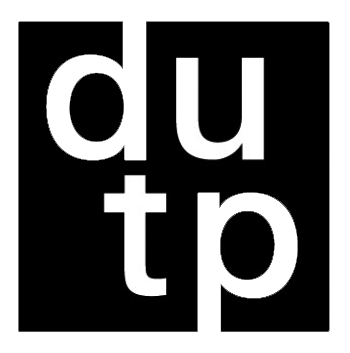CONFORMACION, ESTABILIDAD Y CRISIS VALLETANOS
Paisaje Cultural y Proyecto Territorial en el Alto Valle del Río Negro
DOI:
https://doi.org/10.5821/siiu.12803Abstract
The Upper Valley of the Río Negro was developed at the end of the 19th century with an Enlightenment perspective with the purpose of incorporating it into the international economic matrix. This gave rise to a cultural landscape where farms are juxtaposed with small and medium-sized cities. This model worked adequately until the 1970s, the loss of profitability of fruit production marks the beginning of a series of territorial imbalances (environmental liabilities generated by extractive activities, farms in real estate growth, growth of popular neighborhoods in vulnerable areas, etc. ) that clearly show the inadequacy of the current territorial model. Based on the understanding of the current state of the current territorial model, we believe it is possible to build guidelines that we will call “decalogue for a desired cultural landscape”; For this we will resort to the view of the cultural landscape and its operational trilogy “describe, interpret, propose” articulated with techniques of diagrammatic construction and social cartography.
Downloads
Published
Issue
Section
License
Copyright (c) 2024 Creative Commons

This work is licensed under a Creative Commons Attribution-NonCommercial-ShareAlike 4.0 International License.
Aquellos autores/as que tengan publicaciones con esta revista, aceptan los términos siguientes:
- Los autores/as conservarán sus derechos de autor y garantizarán a la revista el derecho de primera publicación de su obra, el cuál estará simultáneamente sujeto a la Licencia de reconocimiento de Creative Commons CC BY-NC-ND- 4.0 que permite a terceros compartir la obra siempre que se indique su autor y su primera publicación esta revista, pero no se pueden cambiar ni se pueden utilizar comercialmente.
- Los autores/as podrán adoptar otros acuerdos de licencia no exclusiva de distribución de la versión de la obra publicada (p. ej.: depositarla en un archivo telemático institucional o publicarla en un volumen monográfico) siempre que se indique la publicación inicial en esta revista.
- Se permite y recomienda a los autores/as difundir su obra a través de Internet (p. ej.: en archivos telemáticos institucionales o en su página web) antes y durante el proceso de envío, lo cual puede producir intercambios interesantes y aumentar las citas de la obra publicada. (Véase El efecto del acceso abierto).











